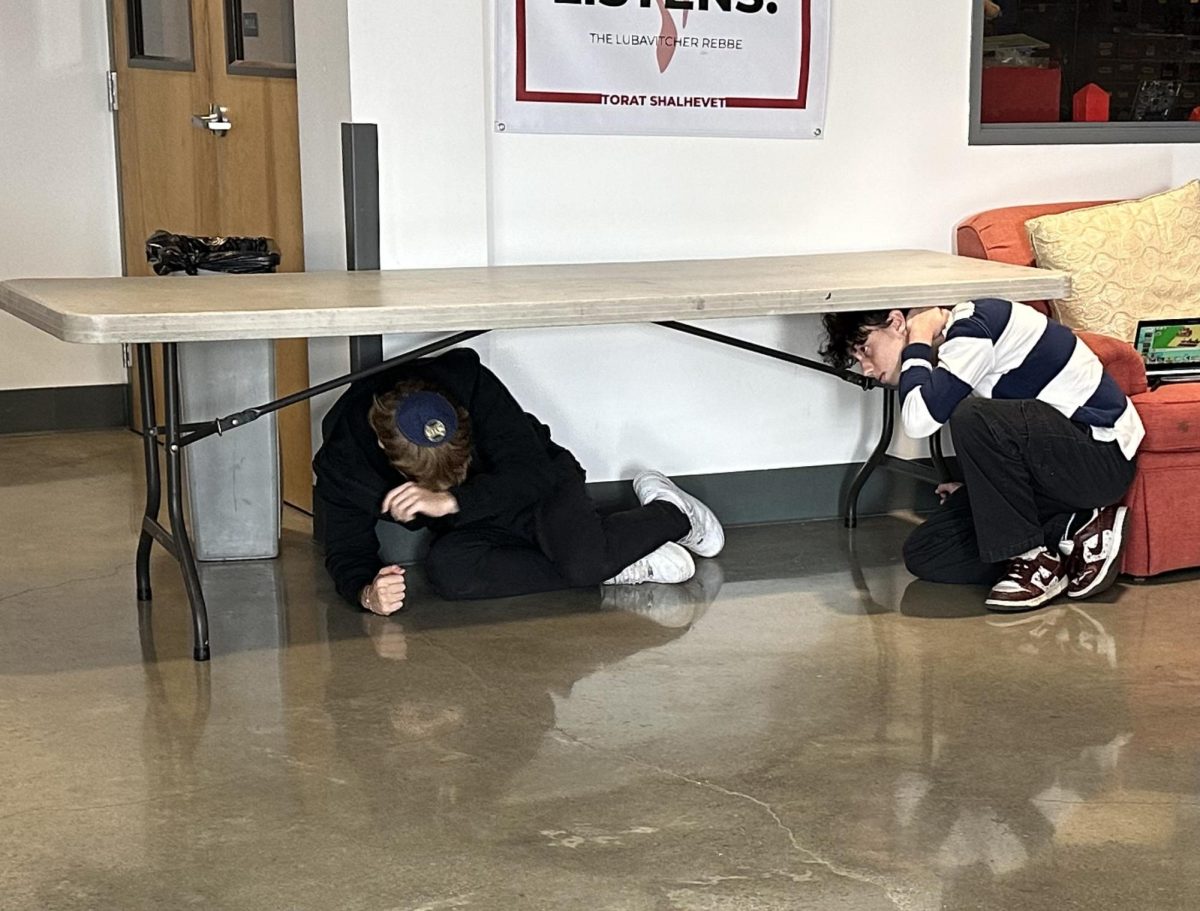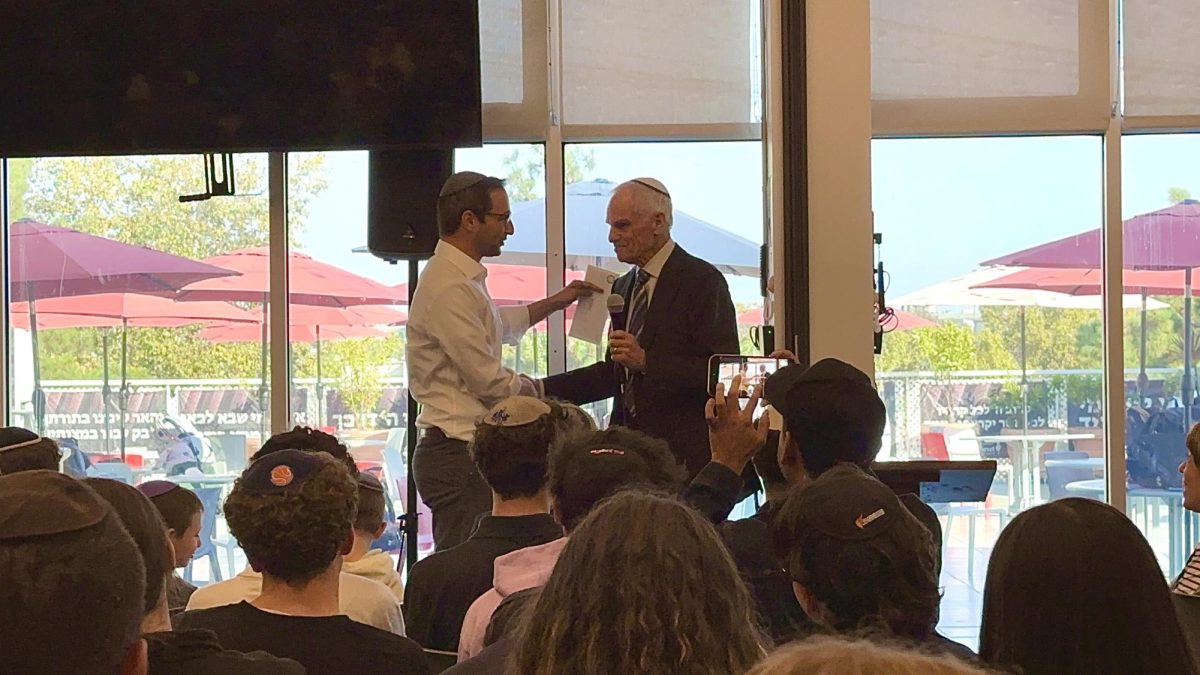Emergency kits consisting of a blanket and three days’ worth of kosher food and water for all students and faculty were to be ordered this past Friday, Oct. 28, according to Shalhevet Building Coordinator Eli Schiff.
The supplies, which Shalhevet has never owned in its 19-year history, should be “picked up by Jose and the guys” the first week in November from S.O.S Survivor Industries and brought to campus, Mr. Schiff said.
In addition to securing supplies, Mr. Schiff has also given the go-ahead to emergency response consultant Richard Druyen to “develop a full emergency response plan for the school.” The plan would include evacuation sites, slight building modifications, and other precautions and planned reactions with about 15 different emergencies in mind.
“We need to respond to anything from fires in the building to hazardous spills to somebody having a gun on campus,” Mr. Druyen.
Mr. Druyen, who also helped Mr. Schiff order the supplies, has visited Shalhevet’s campus many times and is the same consultant the school used in 2010. He has mapped out security measures and initial responses to emergencies–whether to duck under a desk during an earthquake, for example, and where to gather if an hazardous accident occurs.
Once the supplies arrive, students and faculty will enjoy the highest level of emergency preparedness in Shalhevet’s 19-year history.
Price quotes could be seen on top of Mr. Schiff’s busy office desk earlier in the week as the building coordinator explained that “supplies will be ordered by the end of this week.”
The structure of Shalhevet’s two buildings was declared sufficiently strong by Mr. Druyen in March 2010, but a lack of necessary supplies has haunted previous building coordinators and administrations, with the spectre of 200-plus students and staff stranded without supplies if the Big One were to hit.
If all goes as planned today, that should change by mid-November.
Mr. Schiff estimated that kits were needed for 225 people to survive for one to three days—the government’s recommended time frame for disaster preparedness (www.ready.gov/america/getakit/index.html)
According to Mr. Druyen’s action plans, 50 percent of all people remaining on campus would be likely to make it home safely each day. The number and contents of the kits is set in accordance with this model.
“That number may even be a little high for Shalhevet,” Mr. Druyen said, “because I hear that most of the students and faculty live in the general area.”
“The key,” he said, “is not having to take freeways,” which would collapse in the event of a major earthquake.
Planning to secure supplies began before the school year began, with new Head of School Ari Segal delegating the task to Eli, who factored emergency preparedness into his $300,000 “building expenses” budget.
As plans to purchase supplies were beginning to come together on Oct. 5, Head of School Rabbi Ari Segal explained the delicate balance between haste and finding a fair price.
“It just has to be done at a reasonable pace,” said Rabbi Segal.
“If anything gets in the way, we have to keep saying, ‘What if, God forbid, tomorrow there would be a problem?”






